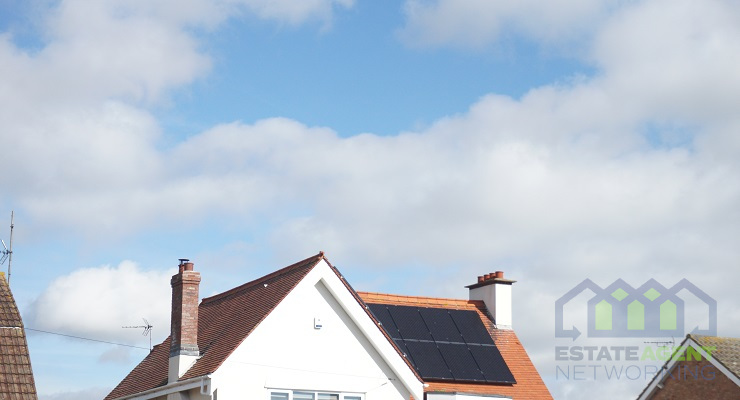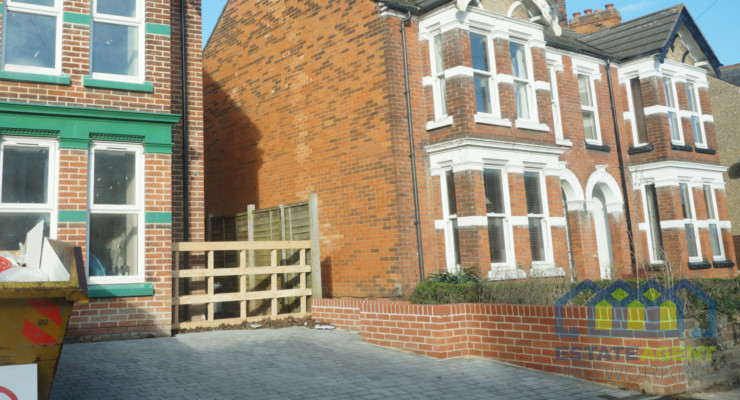Beginner’s Guide to Loft Conversions
When the home that once offered plenty of space for you and your family is bursting at the seams, and moving home is not an option you favour, a loft conversion can be the perfect solution.
It’s typically cheaper and quicker to convert the loft space than to build an extension, it won’t impact the size of your garden and you probably won’t even need planning permission. What’s more, a sympathetically converted loft not only gives you that much needed extra living space, it also increases the value of the property.
According to Nationwide Building Society figures, a loft conversion with a double bedroom and bathroom could add more than 20% to the value of a 3-bedroom house. “Converting unused loft space is one of the easiest and most affordable options for extending your home. Whether you need the extra space for a new bedroom, office setup or self-contained living area, building upwards is frequently the most effective solution,” explains one expert.
Is your loft suitable for a conversion?
Before you get carried away with your loft extension plans, you need to assess the suitability of your loft for conversion. Take a look at neighbouring properties of the same architectural design. Has anyone had their loft converted, and would they let you take a look?
Next, take some measurements of the roof height, the pitch and the overall space available. Crucially, you need an absolute minimum of 2.2 metres headroom (ideally 2.4-2.6 metres between floor and ceiling) unless you are prepared to pay extra to raise the ridge or lower the ceiling below.
Is there enough space in your loft to make a conversion a sensible option? Is there a chimney stack in the way? Would your water tank need relocating, or a system boiler fitted instead? Where would the stairs go?
A roof structure with traditional rafters is more suitable for conversion than a modern trussed roof that will require structural reinforcements, making the project more expensive.
Do you need planning permission?
The good news is that if your loft conversion project falls within your permitted development rights – and most lofts do – you won’t need to apply for planning permission, making the process much more straightforward. However, there are some conditions attached:
- The volume allowance is 40 cubic metres of additional roof space for a terraced house, and 50 cubic metres for semi-detached and detached homes.
- The extension must now be higher than the roof ridge and must not overhang the outer face of the original building wall
- No balconies, verandas or raised platforms are permitted, and side windows must be fitted with obscure glass
There are additional restrictions if your property is situated in a National Park or Area of Outstanding Natural Beauty. If your property is listed, you will need to get Listed Building Consent from your local planning authority. Leasehold properties including top floor flats and maisonettes that have the loft area as part of their demised premises do not benefit from permitted development rights. If in doubt, consult your local council or visit www.planningportal.co.uk.
What about building regulations?
Many people confuse planning permission and building regulations, but they are entirely separate things. Whether or not your loft conversion requires planning permission, you will always need building regulations approval for the works. Building regulations stipulate the minimum standards for design, construction and alterations to the vast majority of buildings, ensuring that the work is carried out safely and to a good standard.
From structural integrity to fire safety and beyond, building regulations will apply to issues including:
- Installation of permanent stairs (not a loft ladder), positioned such that a minimum height of 2 metres above the pitchline is maintained
- Effective and energy efficient thermal and acoustic loft insulation
- Adequate ventilation, especially for kitchens and bathrooms, to ensure good air quality and prevent condensation related problems in the future
- Party Wall Agreement for terraced or semi-detached properties, to protect the interests of all affected building owners
- Mitigation licence for bats or other protected species in the loft
Which type of loft conversion is right for your roof space?
No two roofs are the same, and the kind of loft conversion that is best suited to your home depends on the age and type of the property, your family’s requirements, your available budget and your aesthetic vision for the finished project. Broadly speaking, in terms of building work there are five levels of complexity:
1. Roof light conversion
A roof light or Velux conversion involves adding skylight windows, floor reinforcements, insulation, heating, electrics and fire safety measures. If your attic space is big enough as it is and just needs to be transformed into a habitable space, this is the simplest and cheapest option.
2. Dormer conversion
Extending the existing roof to project vertically by adding dormer windows will increase the usable floor space as well as the available headroom. A dormer conversion is a more complex building project, but you may be able to create enough space to add a bedroom with an en-suite.
3. Hip-to-gable conversion
For semi-i-detached homes and bungalows or chalet with a hipped roof and sloping side, a hip-to-gable conversion allows you to create more internal loft space by extending the property on the sloping side. This is done by creating a vertical wall at the end to ridge height and filling the space in between.
4. Mansard conversion
The most involved way to convert your loft is by changing the angle of the roof slope to make it almost vertical, then flattening the top of the roof. Changing the shape and structure of the mansard roof in this way may be expensive, but is creates substantial amounts of extra space.
What should you look for in a builder?
Having professionals in place to guide you through your home improvement project is key to its success. Whether you need an architect or design, a building contractor, or a design & build company, never underestimate the importance of finding the right tradespeople for the job. Aim to get at least three comparable quotes, check online reviews and testimonials and see examples of previous conversions.
Think about the project timeline and book your chosen contractor in good time. According to the Federation of Master Builders, you should expect the lead time for a quality builder to be at least 4 months. Assuming you wish for the roof work to be carried out during the warmer/drier months, you need to start planning at the beginning of the year.







